When it comes to supporting longevity and improving your body's immune system, there's no better time than now to take action. Today, we're happy to announce that NNB Nutrition has just made it easier for both supplement formulators and consumers to support healthy aging and immunity with a new, pre-mixed antioxidant and superfood greens formula named MITOgreens.
MITOgreens: 30 powerhouse ingredients boosted by ergothioneine
Since the start of this decade, we've covered numerous superfoods and greens formulas, most targeting healthy immune function. We've written about dozens of capsule-based immune supplements as well. Many have been impressive, but none of them have everything we want.
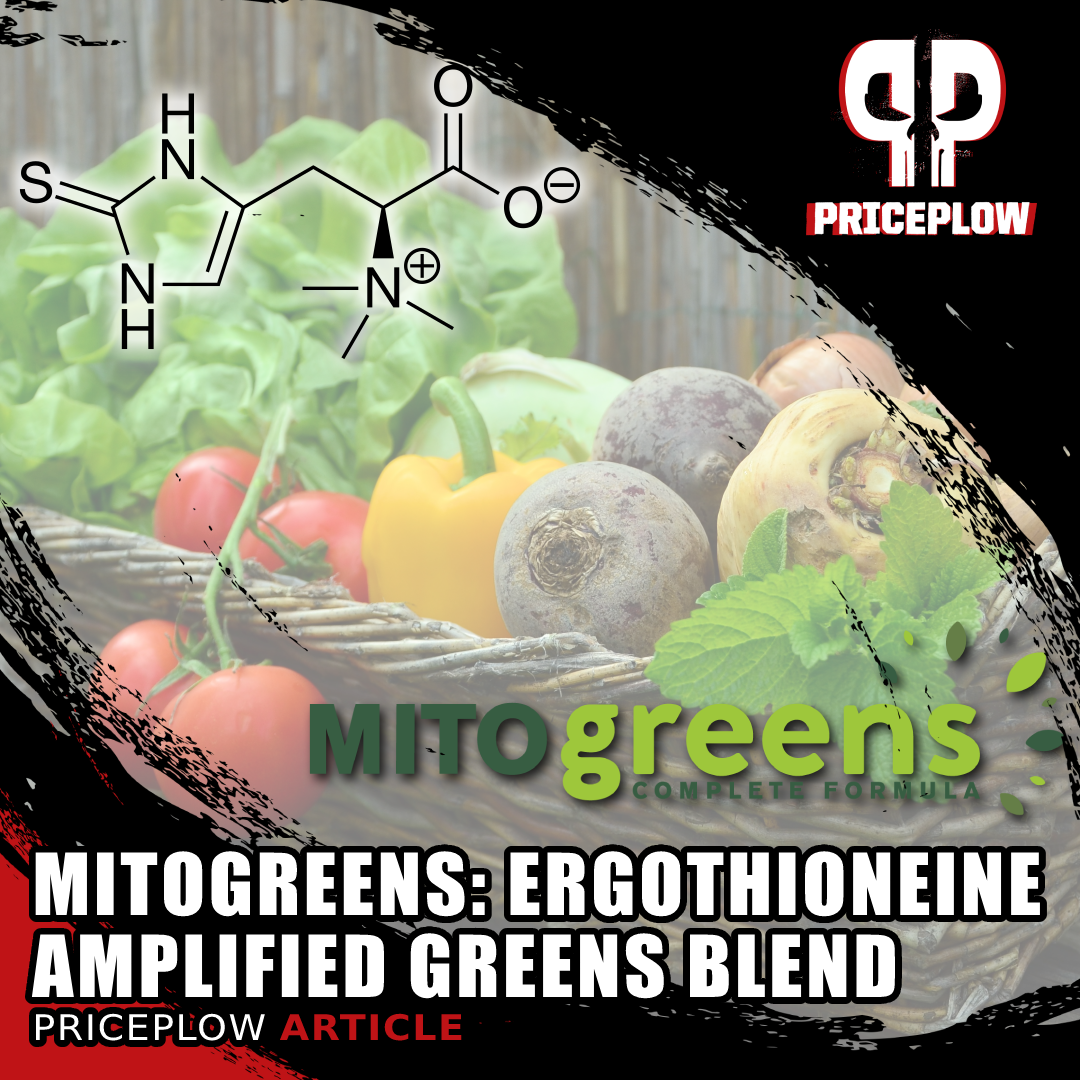
NNB Nutrition's MITOgreens is an antioxidant-packed powerhouse that's amplified with the immunity protection of ergothioneine
In response, developed a theoretical immune system supplement, covering modern concerns, filling gaps in other formulas. It can be found in our Formulator's Corner Immunity Supplement article, but two key points we made were that:
- Too many immune supplements don't include a zinc ionophore to drive zinc into cells
- Supplement brands aren't leveraging the incredible power of ergothioneine.
With NNB Nutrition's MITOgreens, we get those two benefits and far more. This is a superfood powerhouse with 29 botanicals bolstered by L-ergothioneine, the potent immunity-supporting longevity compound that many researchers believe should be classified as a vitamin.
While L-ergothioneine is sold separately as MitoPrime, MITOgreens puts it right into an antioxidant packed powerhouse for formulators to include in numerous types of supplement formulas.
It's all covered below - and we'll kick it off with a review of ergothioneine -- but first, sign up for our NNB Nutrition and Ergothioneine news alerts:
Subscribe to PricePlow's Newsletter and Alerts on These Topics
What's in MITOgreens?
Before digging into ergothioneine, let's unpack this formula, because it's packed with several important extracts, concentrates, and phytonutrients:
- Quercetin
- Clove extract
- Green tea extract
- Onion extract
- Acerola extract
- Mint leaf extract
- Rosemary extract
- Grape seed extract
- Curry extract
- Elderberry concentrate
- Mangosteen concentrate
- Blackcurrant extract
- Blueberry extract
- Bilberry extract
- Brussels sprout concentrate
- Broccoli sprout concentrate
- Apple extract
- Tomato concentrate
- Broccoli concentrate
- Camu camu concentrate
- Garlic concentrate
- Oregano concentrate
- Carrot concentrate
- Sweet cherry concentrate
- Raspberry concentrate
- White pepper
- Chokeberry concentrate
- Kale concentrate
- Blackberry concentrate
- Ergothioneine
Watch the screencast explaining this article
-
What is ergothioneine?
There are several reasons why so many people feel great when adding organ meats and mushrooms back to their diet. We argue that ergothioneine is a major component.
Although it's last on the list, the powerful L-ergothioneine compound has tremendous effects in a small form factor - and we firmly believe it's the next generation of ingredients in both the immunity and longevity categories.
Ergothioneine is a sulfur-containing amino acid that possesses powerful anti-inflammatory and antioxidant properties.[1,2] The human body has a highly-specific transporter system responsible for its uptake,[3-5] yet cannot synthesize the amino acid itself,[6-9] so it must be obtained exclusively from the diet.
Considered an essential nutrient and "longevity vitamin" by experts
Because ergothioneine can't be produced by the body yet has so many incredible effects (many detailed below), several researchers now consider it an essential nutrient, classifying it as a "candidate vitamin".[10,11] In fact, the prominent Dr. Bruce Ames even calls it a "longevity vitamin".[12,13]
With such a massive list of benefits shown from ergothioneine, why haven't we heard more about it? This is a must-research immune system supplement ingredient that can protect numerous organ systems.[14]
However, it's not a new or novel ingredient by any measure -- ergothioneine has actually been protecting organisms on the planet for billions of years. Researchers have begun to determine that this powerful antioxidant actually fueled the survival of life through the Earth's "great oxygenation event" 2.4 billion years ago![15-17] It's made its way through our food supply primarily in mushrooms and organ meats[18-21] -- two food sources that we sadly don't eat enough of during the recent industrialization of our food supply over the past few generations.
This presents ample opportunity for supplementation, and as shown below, providing cells ergothioneine exhibits incredible effects. Even better, our bodies are able to store ergothioneine for future use,[4,22,23] so it's not wasted if it's not presently needed.
The true master antioxidant
Many scientists and supplement experts call glutathione the "master antioxidant". Glutathione is indeed powerful, but it turns out that when it comes to scavenging free radicals, L-ergothioneine outperforms glutathione, coenzyme Q10, and vitamin C![21,24,25]
-
Outperforming glutathione
This has actually been known since 1988, where researchers compared ergothioneine, glutathione, and other thiols in their effects in deactivating toxic singlet oxygen.[24] Ergothioneine outperformed glutathione (and the entire group at large), stopping oxidation faster than the other compounds. The study suggested that ergothioneine was one of the most impressive skin-protective antioxidants.[24] An additional study (image below) demonstrated ergothioneine's inhibitory effects to be superior to both glutathione and Vitamin C as well!
-
Outperforming CoQ10
In 2007, researchers tested ergothioneine and CoQ10 against cells exposed to highly-toxic alloxan, and then measured lipid peroxidation. Both worked, but it turned out that ergothioneine was twice as effective as CoQ10, and on a dose-dependent basis.[25]
-
Outperforming vitamin C
Finally, a study published in 2016 showed that ergothioneine bested vitamin C and glutathione once again, this time in combating two reactive halogen species, hypochlorous acid and hypobromous acid.[21]
-
Improved cell viability
Inversely, research has shown that cells lacking ergothioneine transporters are far more susceptible to stress-induced oxidative damage.[22] There is a lot of research showing longevity benefits, since ergothioneine can boost cell viability by 45%,[26] preventing DNA damage and protecting red blood cells.[23]
The next-generation Immunity supplement
Ergothioneine serves several roles in the system, and we're already wired for it! But are you getting any in your diet?[4]
An incredible 2020 paper published in Antioxidants lays the evidence for ergothioneine's role in immunity -- it's titled "Could Ergothioneine Aid in the Treatment of Coronavirus Patients?".[14] The paper is written by researchers with vast expertise in the ingredient,[4] and shows that ergothioneine's strengths align to combat our current immune concerns.
Inside, the researchers cite a plethora of research showing ergothioneine's benefits, all of which are pivotal to immune function and our modern concerns:[14]
- Overall inflammation reduction
- Strong ability to scavenge free radicals
- Acute respiratory distress mitigation
- Endothelial cell protection
- Protection against heart disease and injury
- Neuroprotection
- Ability to combat iron dysregulation
- Lung and liver disease damage reduction
Much of the research cited is also cited here, but the researchers dig far deeper into the mechanisms, arguing for ergothioneine's more consistent use.
Neuroprotection
Since 1966, scientists have understood that ergothioneine plays a role in central regulatory function.[27] Further research showed that it's quite neuroprotective,[28] and can attenuate oxidative stress in neural cells and inhibit cognitive decline in animal models.[29]
This makes sense, with research showing that humans with neurological disorders have low levels of ergothioneine,[30,31] while the ergothioneine transporter (OTCN1) is strongly expressed in the neural stem cells and gets heavy concentration in the brain once ingested.[30,32]
Protective from other forms of biochemical stress
Many of ergothioneine's incredible effects are due to the fact that it can combat numerous types of stress - going well beyond reactive oxygen species (ROS).
Research has shown the amino acid antioxidant successfully fighting the following:
- Hydrogen peroxide induced stress[22,25,33,34]
- Damage due to chlorine and bromine exposure[21,35]
- Singlet oxygen[24]
- Reactive nitrogen species[36,37]
- General inflammatory stress[1,21,38,39]
- Red blood cell oxidation[23]
Found in mushrooms and organ meats, ergothioneine is the oldest -- and most overlooked -- energy-supporting immune system booster / antioxidant on the market. Prepare to have your mind blown by this ingredient.
Interestingly, human-based studies have even shown ergothioneine to work well with other common joint supplement ingredients to combat joint pain and range of motion![40]
Available as MitoPrime, but now in MITOgreens
The wondrous ergothioneine was first available in NNB Nutrition's MitoPrime (and still is), but now comes packaged in a superior antioxidant greens formula that includes 29 additional botanicals - many of which are covered below. NNB has solved the problem of L-ergothioneine's availability and stability, and is now making it easier for brands to take advantage of.
If you wish to further research this potent ingredient, see our article titled Ergothioneine: The Immunity and Energy Protector.
-
-
Quercetin, Green Tea Extract, and other important polyphenols
In our introduction, we mentioned that too many immunity supplements include a zinc ionophore alongside a high-bioavailability zinc. While there's no added zinc to MITOgreens, they come with two powerful zinc ionophores in quercetin and green tea extract![41] These types of compounds help the body drive zinc into cells (through the plasma membrane) so that the zinc can work its antiviral effects.
For the sixth installment of our Formulator's Corner series, we drafted up a powerful Immunity Supplement with modern concerns in mind -- and it featured NNB Nutrition's MitoPrime (L-Ergothioneine) along with zinc ionophore quercetin
Knowing this, researchers have had several successful antiviral trials that utilize quercetin alongside zinc and other immunity ingredients like vitamin C (some of which will also be in MITOgreens).[42-46] Before this, quercetin was very well-known for its ability to combat allergies.[47,48] In addition, it can inhibit inflammatory cytokines and downregulate their production, helping with immune response.[48]
Quercetin also possesses anti-aging properties as a CD38 inhibitor,[49,50] which will allow NAD+ levels to stay higher for improved cellular energy. Since the CD38 enzyme is a major consumer of NAD+ levels,[51] and CD38 goes up as NAD+ goes down as we age,[52,53] we strongly believe in using quercetin on a daily basis, and it pairs incredibly well with NAD+ booster BioNMN, NNB Nutrition's trademarked form of NMN (nicotinamide mononucleotide).
Beyond its position as a zinc ionophore, green tea extract is also considered the "Swiss army knife" of metabolic support ingredients, given that it can increase fat oxidation,[54] boost blood flow,[55] improve insulin sensitivity,[56,57] reduce blood pressure,[58] and generally improve well-being.[58]
Having these two ingredients inside of MITOgreens enables formulators to build flexible anti-aging and/or immune supplements, allowing them to choose their preferred form of zinc to drive into cells.
-
Spices and herbs
When creating MITOgreens, NNB Nutrition added some very unique components that we don't normally see in other greens formulas. The addition of clove, rosemary, curry extract, garlic, oregano, mint, and white pepper extract lead to some effects that may not be realized by competing formulas.
Garlic possesses incredible anti-parasitic effects that most don't talk about, outperforming popular pharmaceutical drugs in certain situations
Clove is an ingredient we don't commonly see in dietary supplements - it's been shown to mitigate damage from oxidative stress and liver injury by preventing cell proliferation in numerous types of cells.[59]
Rosemary provides rosmarinic acid, which exhibits great antioxidant qualities that lead to anti-allergy effects that reduce nasal congestion.[60]
We also added garlic into our recent hypothetical immunity formulation, discussing its potent anti-parasitic effects (outperforming popular drugs)[61] in addition to its antiviral behavior.[62,63] Oregano also has incredible anti-parasitic properties.[64]
These are some very unique properties that aren't expressed in most greens powders.
-
Fruits and Berries
MITOgreens also have several well-researched fruit extracts, including acerola, grape seed, elderberry, blackcurrant, blueberry, bilberry, apple, camu camu, chokeberry, raspberry, sweet cherry, and blackberry. In general, fruits provide a broad spectrum of antioxidants that often lead to better cardiometabolic wellness and improved exercise recovery.
To key in on a few:
- Acerola is one of the planet's best sources of vitamin C,[65] and also has a great taste to it.
- Grape Seed Extract is frequently used to boost blood flow, as it helps reduce blood pressure through its interactions with eNOS (endothelial nitric oxide synthase).[66]
- Elderberry is very well-known for its effects on immunity, helping to combat numerous winter illnesses thanks to its rich antioxidant, anti-inflammatory effects.[67,68]
- Blueberry not only helps increase recovery and lower muscle damage from training,[69] it does so through DNA protection,[70-72] which is highly relevant to MITOgreens.
- Camu camu is a berry from the Amazon rainforest that has a unique phytochemical profile with strong anti-aging, antioxidant properties.[73]
- Chokeberry, also known as Baltic Aronia Berry (or Aronia melanocarpa) has received a lot of attention due to its constituent Cyanidin-3-Galactoside, which has many neuroprotective properties.[74,75]
-
Vegetable Support
Finally, MITOgreens also contains many popular vegetables, including onion, brussels sprouts, broccoli and broccoli sprouts, and kale.
The mitochondria are the powerhouses of our cells. But how do they work, how is our food supply damaging them so badly, and what can we do to fix the issue? Prepare to meet the Power of Mito, presented by NNB Nutrition.
- Onions don't get used in supplements too often, but they're known to be great sources of quercetin[76,77] (covered above) as well as other flavonoids and the alk(en)yl cysteine sulfoxides (ACSOs).[78]
- Brussels sprouts are glucosinolate-containing cruciferous vegetables that can boost glutathione content in the intestines, leading to enhanced detoxification enzyme levels.[79]
- Broccoli is another well-known cruciferous vegetable that has several constituents providing a great deal of vitamins and minerals.[80] More importantly, young broccoli sprouts contain sulforaphane, which has been shown to be instrumental in combating disease.[81]
- Kale is the popular leafy green that has excellent antioxidant activity and may provide some gut health protection as well.[82]
See the image below to grasp how powerful the chokeberry is:

Don't underestimate the incredible power of cyanidin 3-O-galactoside found in chokeberry / Aronia melanocarpa / Baltic Aronia Berry)[75]
MITOgreens Complete Formula

NNB Nutrition is an innovative ingredient development company with an elite team of over 100 scientists from over 10 countries.
All combined, MITOgreens is a superfood powerhouse combined to support healthy aging, cognitive function, natural energy levels, cardiometabolic support, and joint health. It's non-GMO and gluten-free, and can be dosed as low as 200 milligrams per day.
With an extremely high ORAC (Oxygen Radical Absorbance Capacity) level, amplified by the immense benefits of ergothioneine and bolstered by quercetin, MITOgreens can single-handedly take any supplement to the next level, whether it's a greens powder, multivitamin, anti-aging supplement, or natural energy product.

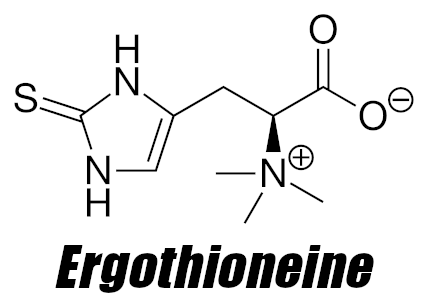
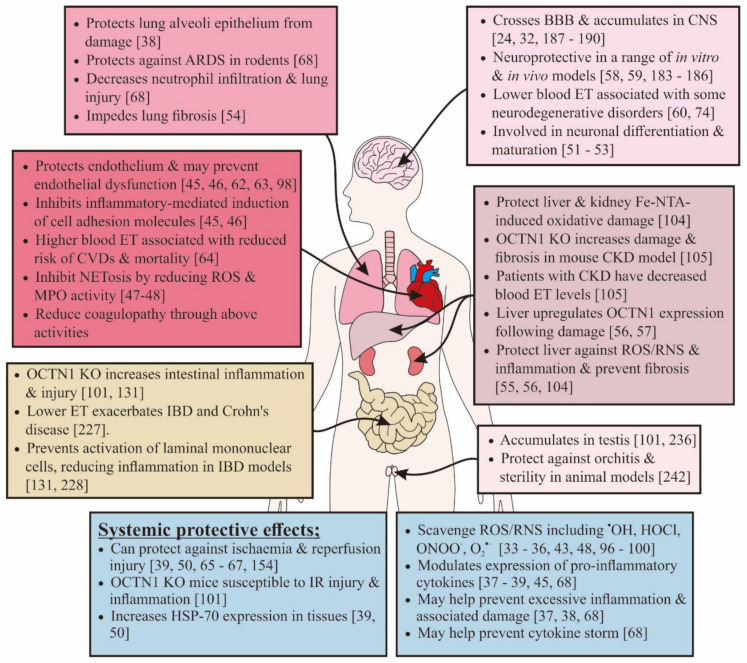
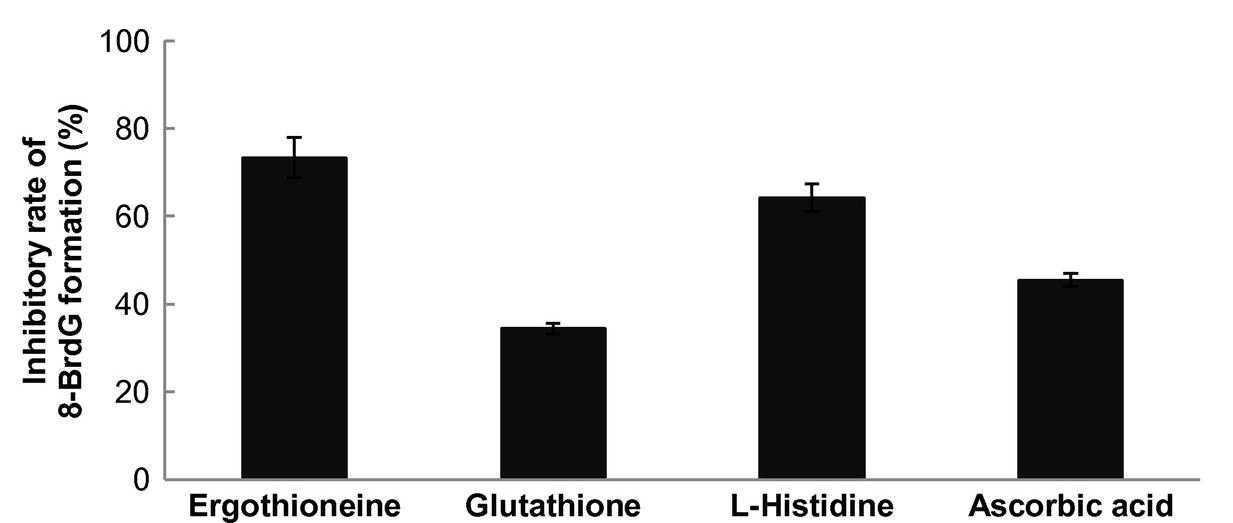
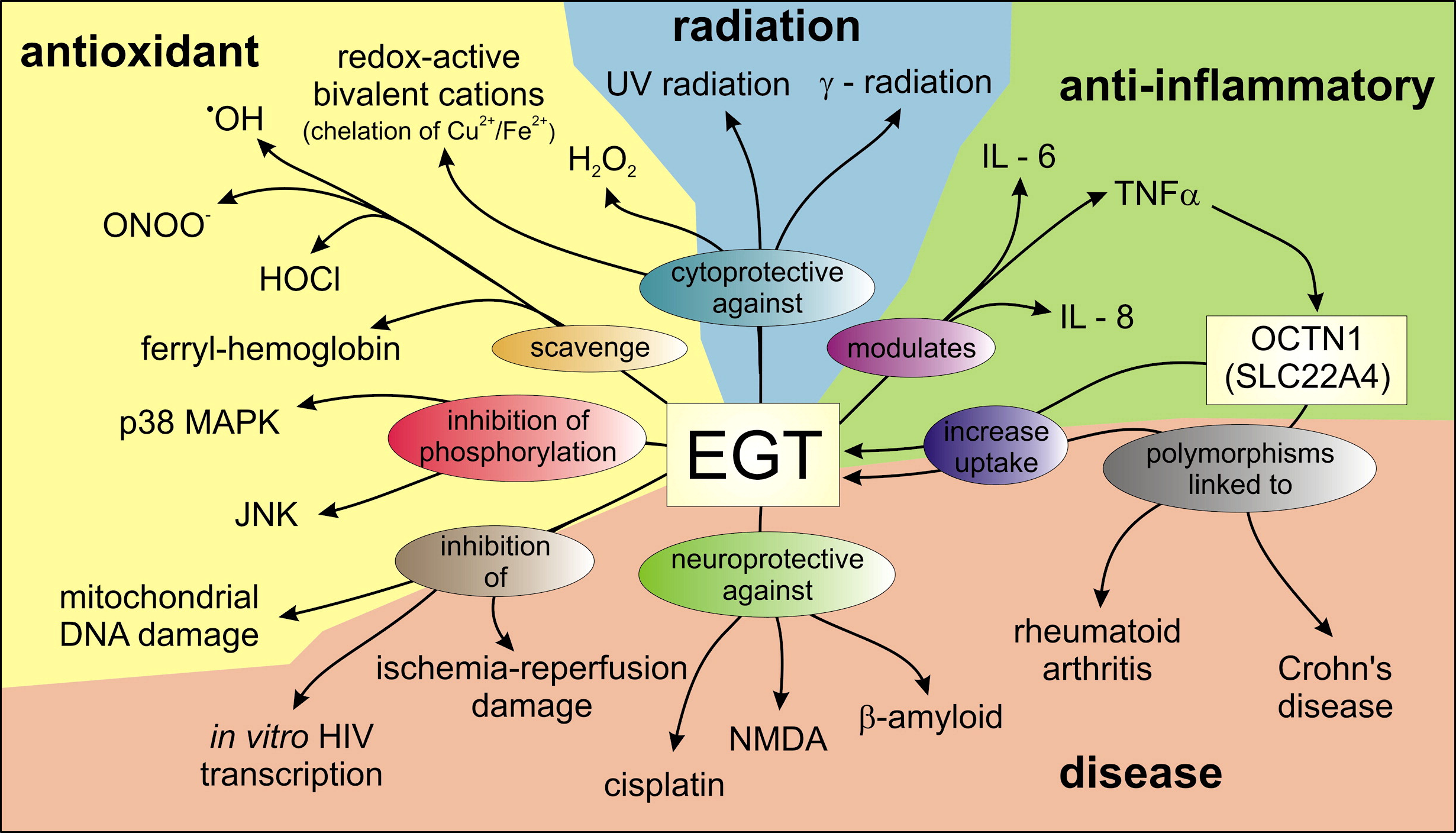
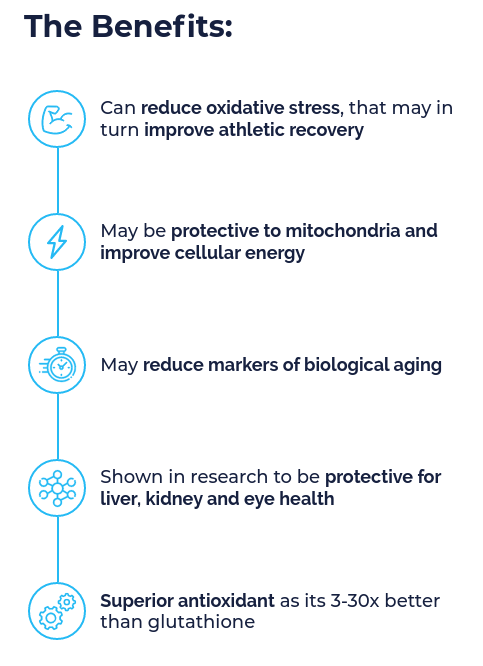
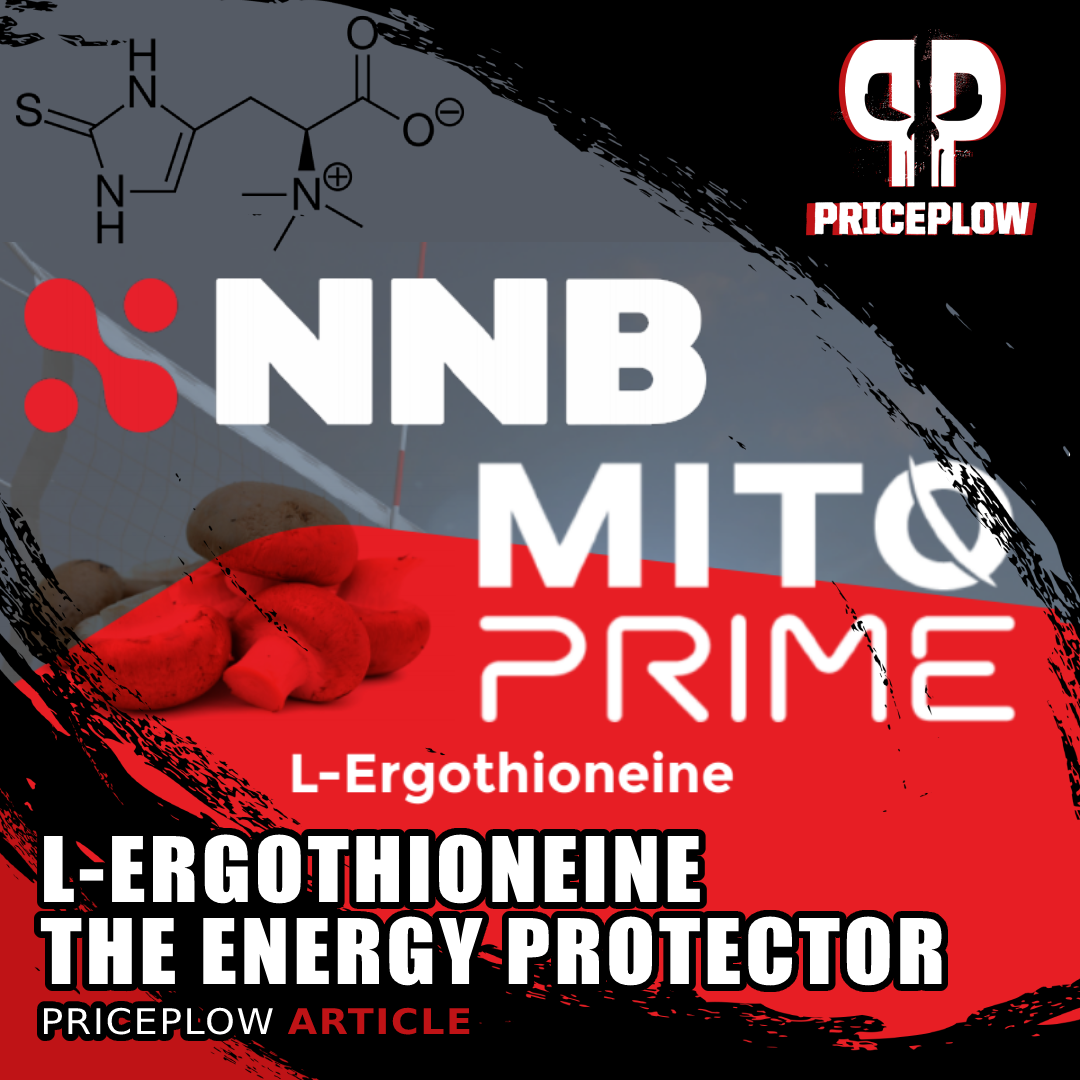
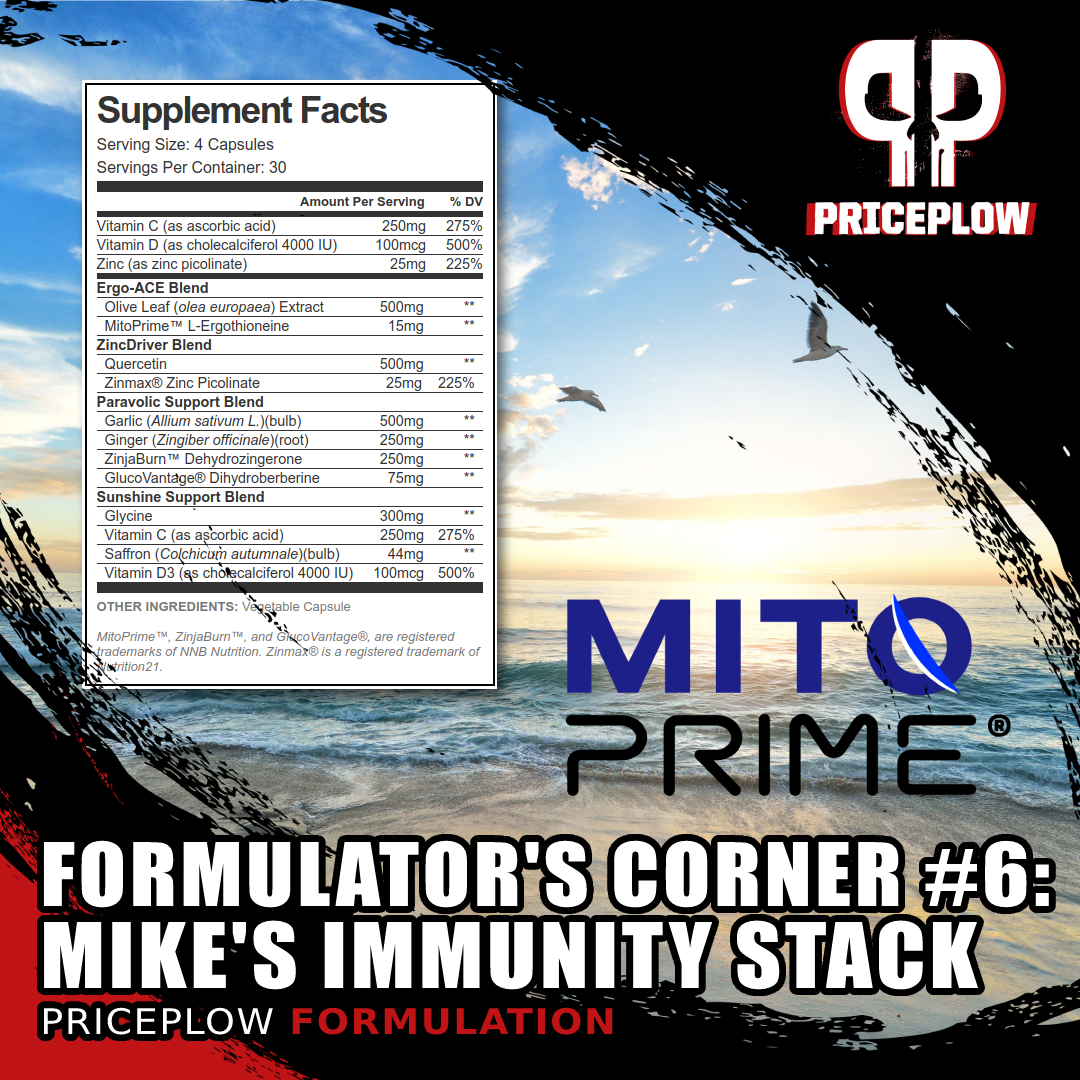

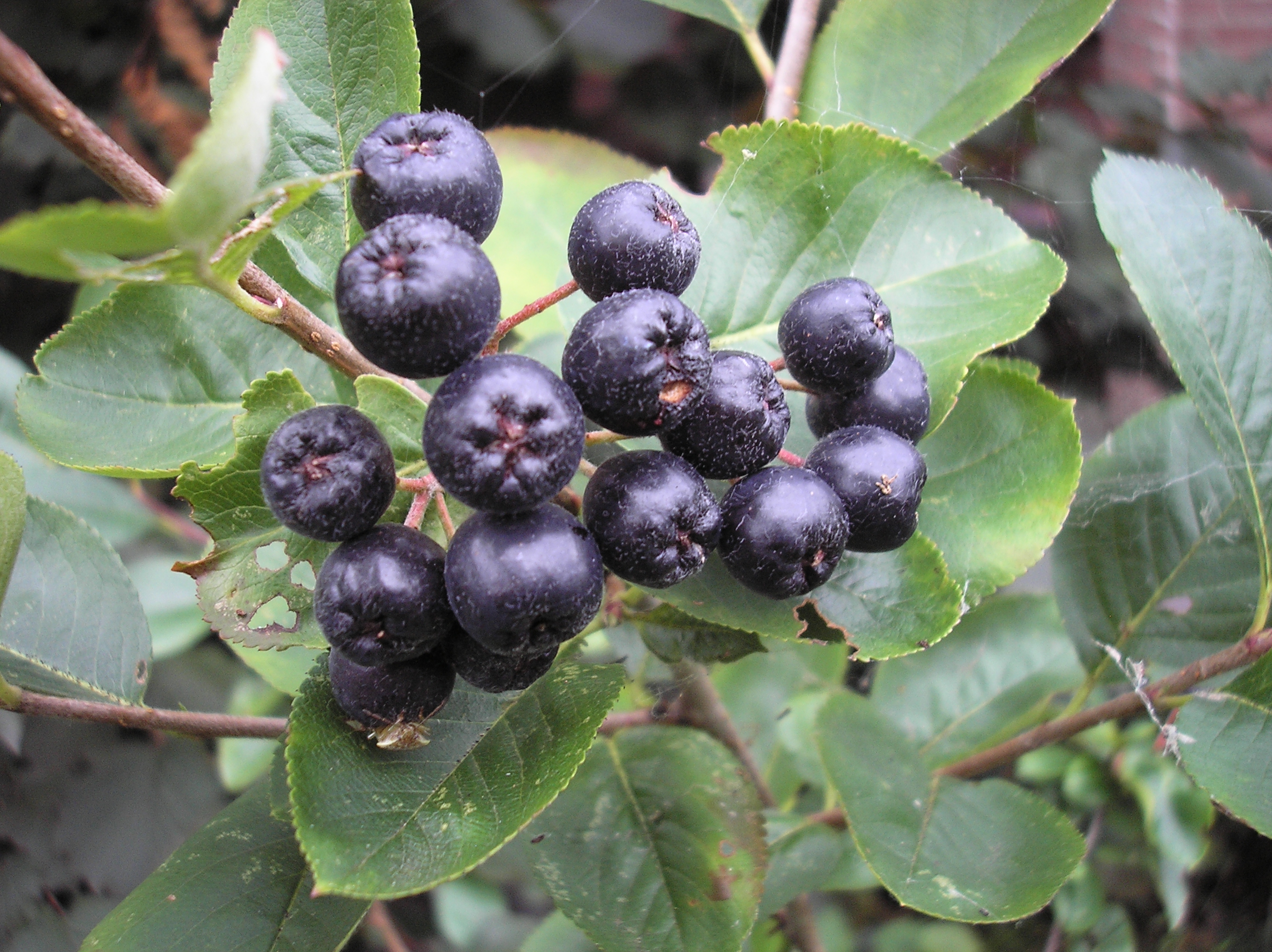
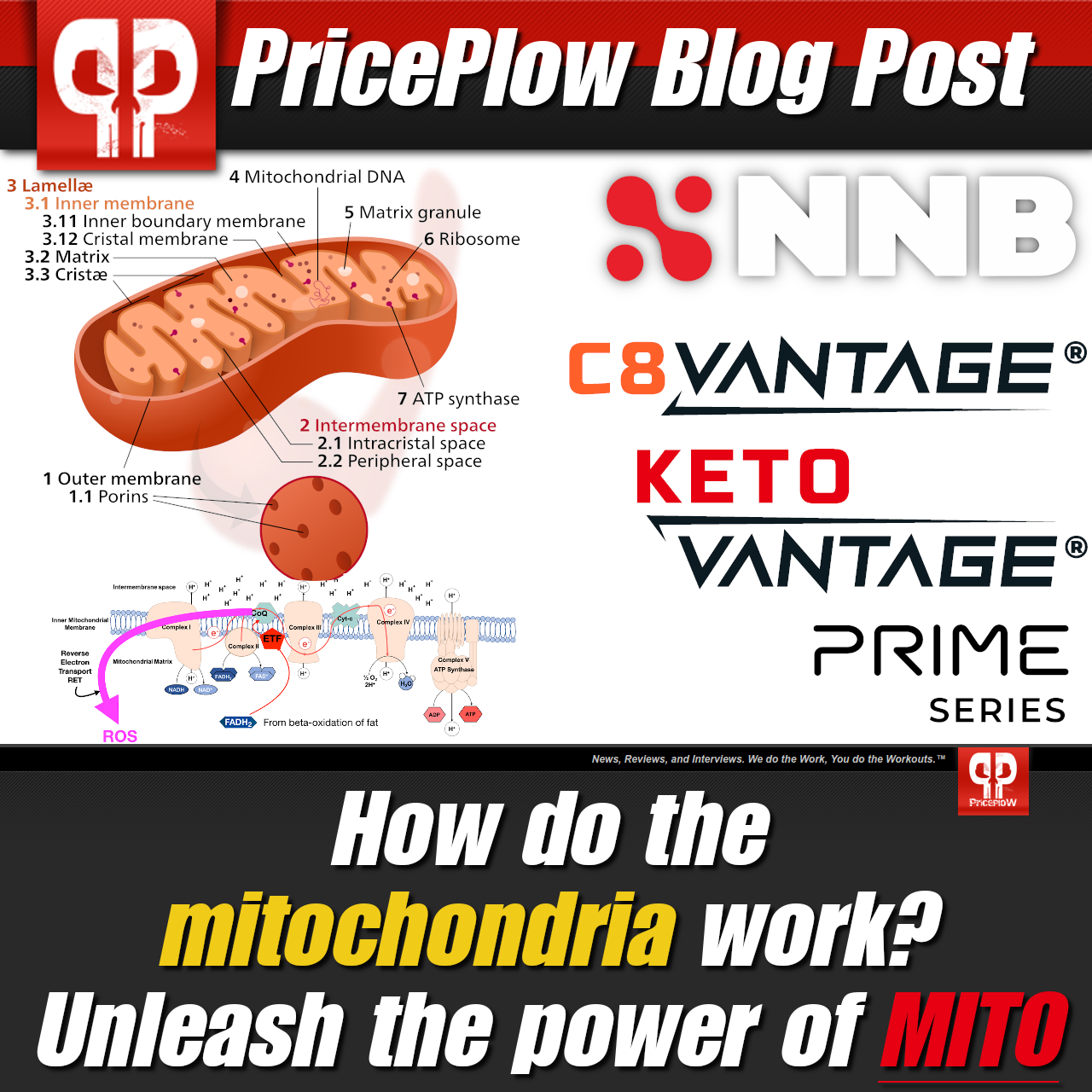


Comments and Discussion (Powered by the PricePlow Forum)